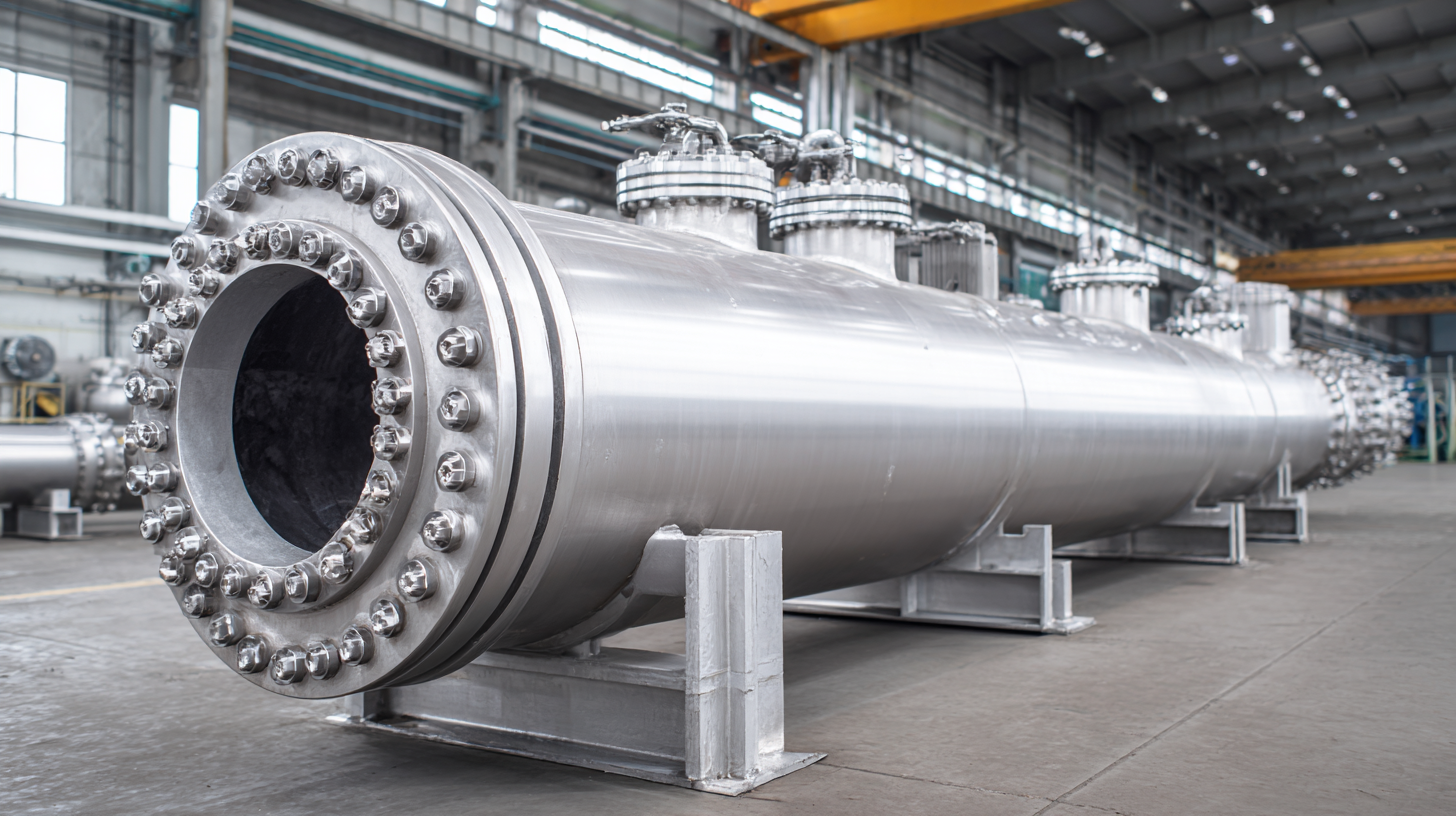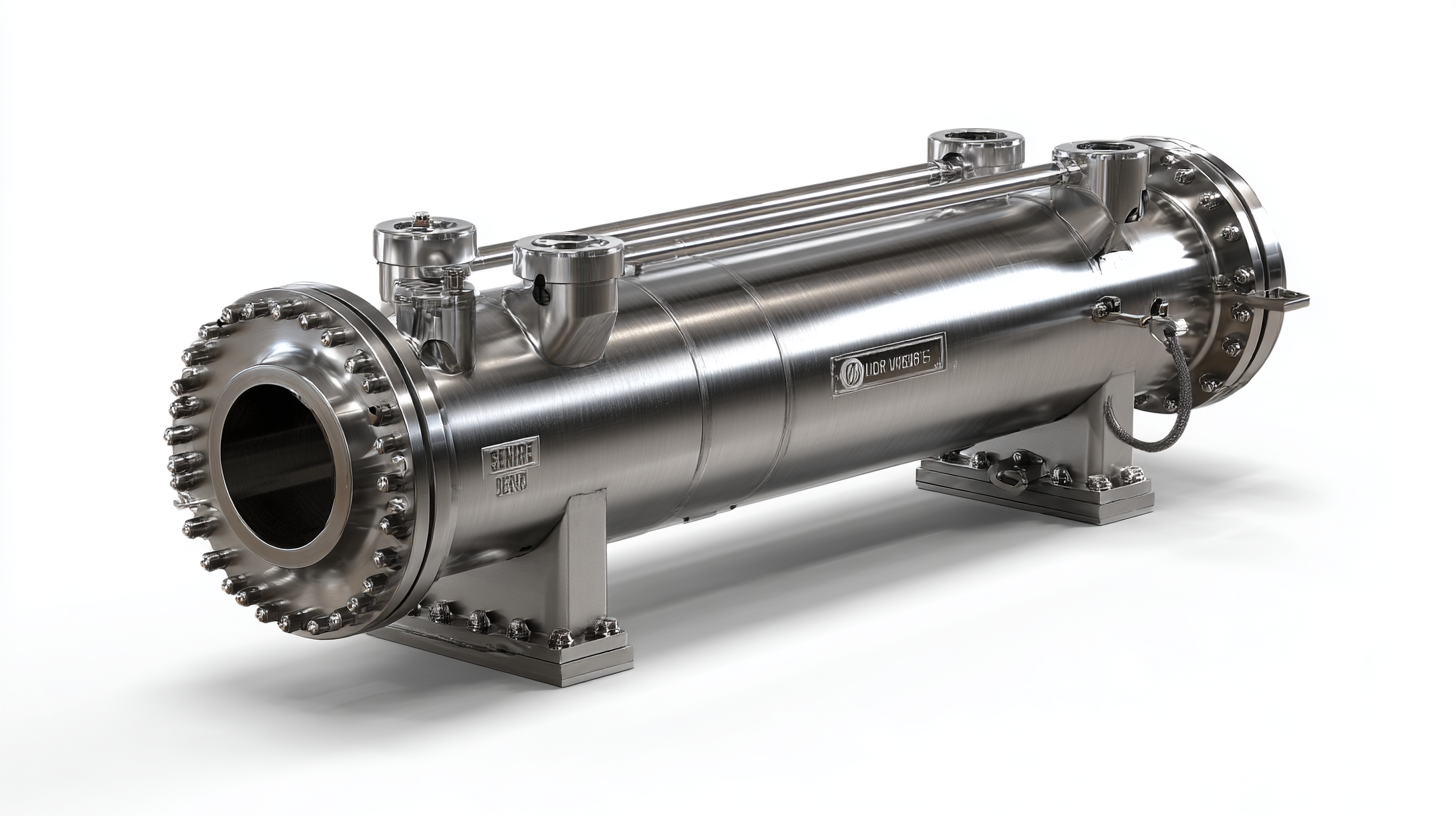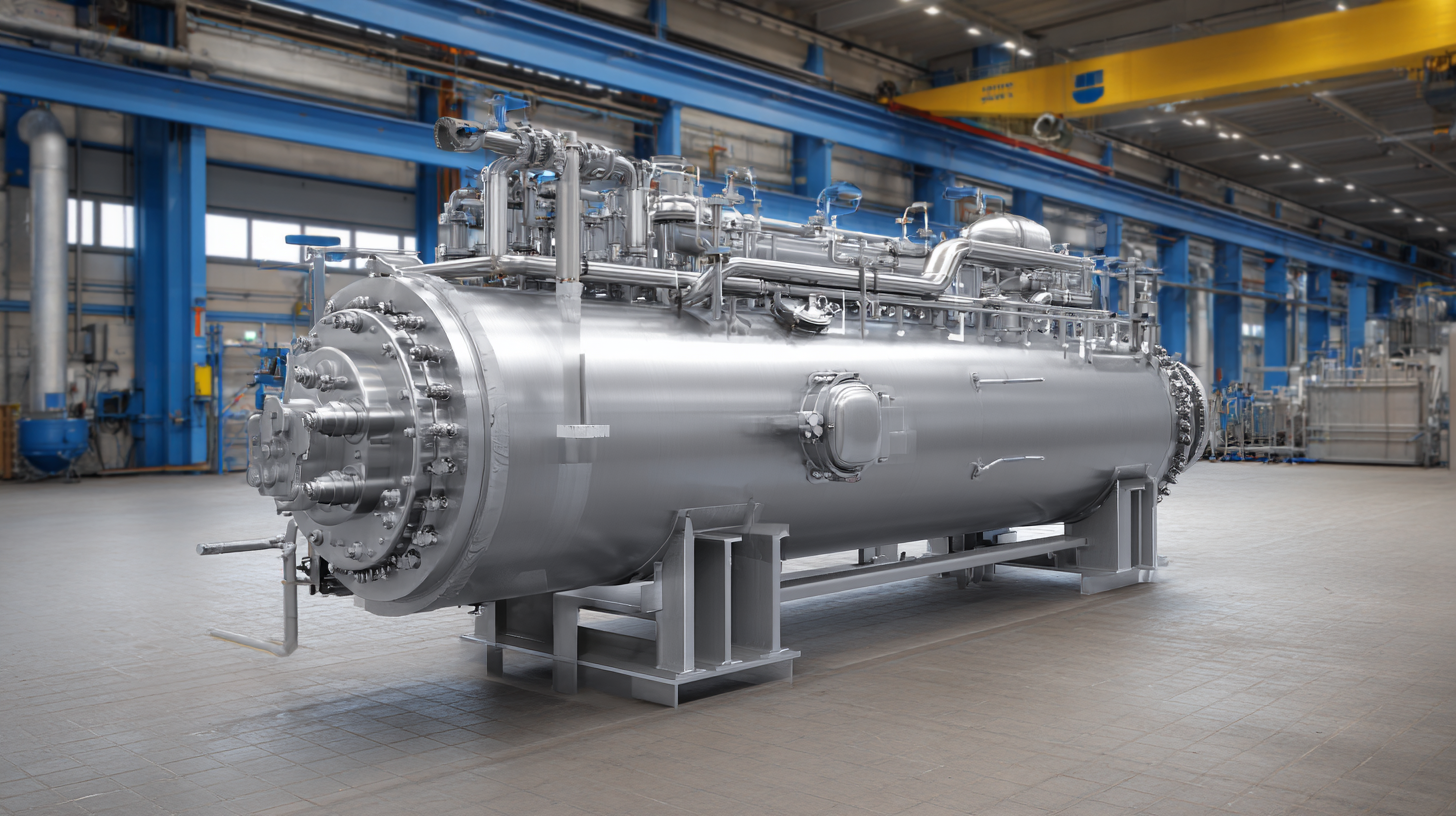
Top Strategies for Optimizing Efficiency with Best Shell Tube Heat Exchangers
In the quest for enhanced operational efficiency within industrial processes, the choice of heat exchangers plays a crucial role, particularly the Shell Tube Heat Exchanger. Recognized for their versatility and effectiveness in transferring heat between fluids, these systems are widely adopted across various sectors, including chemical processing, power generation, and HVAC applications. However, with numerous designs and configurations available, understanding the comparison types is essential for optimizing performance. This blog will delve into the top strategies that not only illuminate the advantages of the Shell Tube Heat Exchanger but also present insights into how different models stand against each other. By exploring the efficiency gains and operational benefits that various designs offer, we aim to equip readers with the knowledge necessary to make informed decisions in selecting the ideal heat exchanger for their specific needs.

Key Industry 2025 Trends Impacting Shell Tube Heat Exchanger Efficiency
As industries evolve, the design and operation of shell tube heat exchangers must adapt to emerging trends. By 2025, several key industry trends are expected to shape the efficiency of these systems. One crucial trend is the integration of advanced materials that enhance thermal conductivity and resistance to corrosion, which can significantly improve energy transfer rates. Utilizing these innovative materials allows for greater durability and reduced maintenance costs over time.

Another important trend is the implementation of smart technology. Digital monitoring and control systems can optimize operational parameters in real-time, ensuring that heat exchangers function at peak efficiency. By embracing such smart technologies, operators can identify inefficiencies quickly and make proactive adjustments, reducing energy consumption and operational costs.
Tips for Optimization:
Consider regular thermal performance audits to ensure your heat exchangers are maintaining optimal efficiency. Implementing predictive maintenance strategies based on data analytics can also prevent unexpected failures and downtime, allowing for a smoother operational flow. Investing in training for personnel on new technologies and best practices can further enhance the overall effectiveness of your heat exchangers, aligning with the industry's forward-looking trends.
Innovative Materials Enhancing Performance and Longevity of Heat Exchangers
Innovative materials play a crucial role in enhancing the performance and longevity of shell tube heat exchangers. The shift towards advanced materials, such as high-grade alloys and composite coatings, has significantly improved the thermal conductivity and corrosion resistance of these heat exchangers. By utilizing materials designed to withstand extreme temperatures and pressures, manufacturers can ensure that their systems operate efficiently over a longer lifespan. This is particularly important in industries where downtime can lead to substantial financial losses, making material innovation a key component in optimizing efficiency.
Furthermore, the incorporation of nanotechnology in heat exchanger design has emerged as a game-changer. Nano-coatings can reduce fouling, minimizing the buildup of scale and other deposits that hamper heat transfer efficiency. With reduced maintenance needs, companies can allocate resources more effectively and enhance overall productivity. As research continues to delve into the potential of these innovative materials, it is clear that they will remain at the forefront of optimizing shell tube heat exchangers, driving performance improvement while extending their operational lifespan in various applications.

Data-Driven Approaches to Optimize Shell Tube Heat Exchanger Designs
In the world of thermal management, shell tube heat exchangers play a crucial role in enhancing energy efficiency across various industries. Data-driven approaches are increasingly essential for optimizing their design and performance. According to a report from Research and Markets, the global heat exchanger market is projected to achieve a compound annual growth rate (CAGR) of 8.7% from 2020 to 2025, highlighting the urgency for optimized designs that can meet rising energy demands.
Utilizing advanced computational fluid dynamics (CFD) modeling allows engineers to predict and analyze the heat transfer performance more accurately, leading to substantial improvements in efficiency. A study published in the International Journal of Heat and Mass Transfer found that optimizing the geometry of the fins within shell tube heat exchangers can enhance thermal performance by up to 25%. Moreover, the adoption of real-time monitoring systems provides valuable data that enables predictive maintenance, reducing downtime and prolonging equipment life, which is crucial in minimizing operational costs. This data intelligence not only informs redesign processes but also empowers organizations to make evidence-based decisions regarding system upgrades and maintenance protocols.
Integrating IoT and Smart Technology for Real-Time Efficiency Monitoring
Integrating IoT and smart technology into shell tube heat exchangers marks a significant advancement in optimizing energy efficiency. With the ability to monitor real-time performance metrics, facility managers can gain insights into operational efficiencies and inefficiencies alike. Sensors embedded within these heat exchangers collect data such as temperature, pressure, and flow rates, sending it to centralized systems where advanced analytics can decipher trends and anomalies. This capability allows for proactive maintenance and timely adjustments, rather than reactive responses to equipment failure.
Moreover, the integration of IoT technologies facilitates seamless communication between heat exchangers and the overall plant infrastructure. Smart technology can optimize operations by automatically adjusting parameters to maximize heat transfer while minimizing energy consumption. This interconnected approach not only enhances the efficiency of the heat exchangers themselves but also contributes to the overall energy management strategy of the facility. By harnessing data in real time, organizations are empowered to make informed decisions that not only improve performance but also drive sustainability initiatives forward.
Top Strategies for Optimizing Efficiency with Best Shell Tube Heat Exchangers - Integrating IoT and Smart Technology for Real-Time Efficiency Monitoring
| Strategy | Description | Impact on Efficiency (%) | Implementation Time (Weeks) | Cost (USD) |
|---|---|---|---|---|
| IoT Sensor Integration | Utilizing IoT sensors to monitor temperature and pressure in real-time | 15 | 4 | 5000 |
| Predictive Maintenance | Implementing AI algorithms for predictive analysis on maintenance needs | 20 | 6 | 8000 |
| Data Analytics | Using big data analytics to assess heat exchanger performance | 25 | 5 | 7000 |
| Enhanced Thermal Design | Redesigning shell and tube configurations for improved heat transfer | 30 | 8 | 12000 |
| Automated Control Systems | Deploying automated control to optimize fluid flow rates | 18 | 7 | 9500 |
Sustainability Practices and Their Role in Shell Tube Heat Exchanger Efficiency Optimization
Sustainability practices play a critical role in optimizing the efficiency of shell tube heat exchangers. By integrating eco-friendly materials and sustainable manufacturing processes, companies can not only enhance performance but also minimize their environmental footprint. Utilizing recyclable materials in the construction of heat exchangers leads to reduced resource consumption and waste. Moreover, adopting energy-efficient technologies in the design phase ensures that these systems operate at optimal conditions, translating to lower energy costs and greater longevity.
Incorporating advanced monitoring and control systems further boosts the efficiency of shell tube heat exchangers. These systems allow for real-time data analysis and predictive maintenance, enabling operators to identify inefficiencies and make timely adjustments. This proactive approach not only contributes to longer service life for the equipment but also aligns with broader sustainability goals by reducing energy consumption and operational emissions. Ultimately, a commitment to sustainable practices not only enhances efficiency but also fosters a corporate culture of responsibility and accountability in managing resources.
